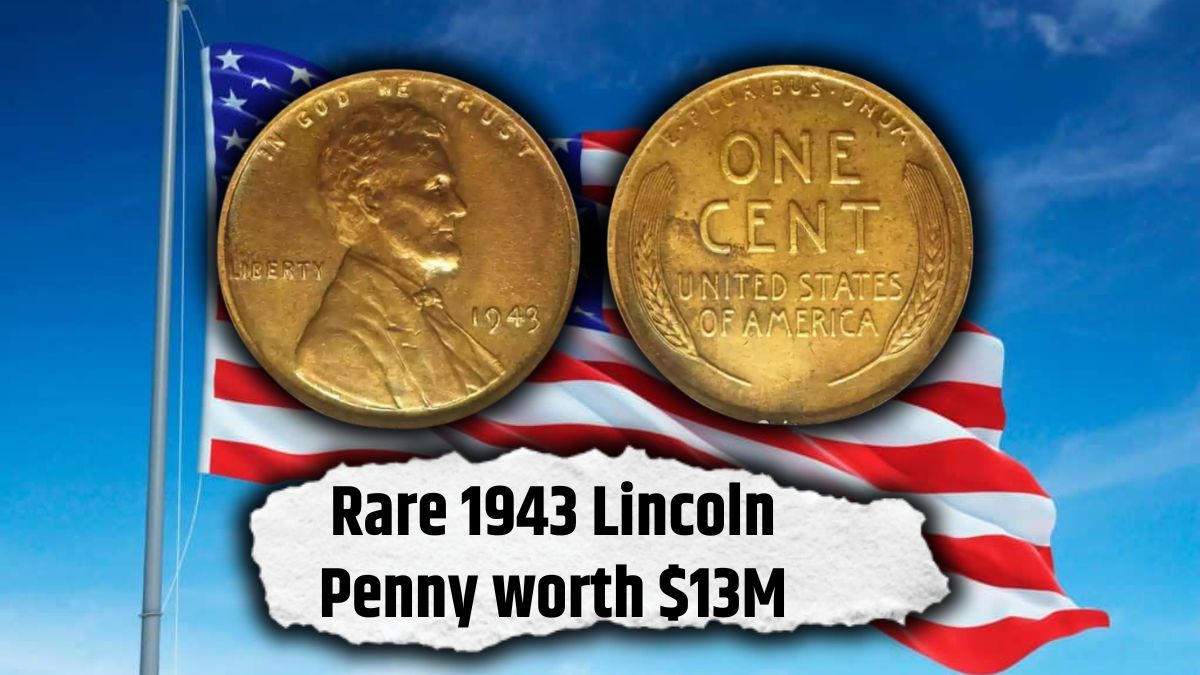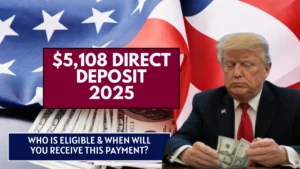Imagine finding a penny in your pocket worth millions! The rare 1943 Lincoln penny, a numismatic treasure, has sold for jaw-dropping sums, with some fetching over $1 million. This coin could turn pocket change into a fortune. Read on to learn its history, value, and how to spot one!
What Is the 1943 Lincoln Penny?
The 1943 Lincoln penny is a one-cent coin featuring Abraham Lincoln’s portrait, minted during World War II. Most were made of zinc-coated steel to save copper for the war effort. However, a few were mistakenly struck on bronze planchets, making them incredibly rare and valuable. These bronze error coins are the holy grail of numismatics.
The History Behind the 1943 Lincoln Penny
During World War II, copper was critical for munitions. In 1943, the U.S. Mint switched to steel planchets for pennies, creating the iconic “steel penny.” A few bronze planchets from 1942 were accidentally used, resulting in rare 1943 bronze pennies. Only 15–20 are known to exist, making them a numismatic legend.
The Wartime Context
Copper shortages forced the Mint to innovate. Steel pennies, coated in zinc, became the norm, but some bronze planchets slipped through at the Philadelphia, Denver, and San Francisco mints. This error created a coin that’s now a collector’s dream, symbolizing a unique moment in U.S. history.
Design Features
The 1943 penny features Abraham Lincoln on the obverse, with “In God We Trust,” “Liberty,” and the year “1943.” The reverse shows two wheat stalks, earning the nickname “Wheat Penny.” Bronze versions have a reddish-brown hue, unlike the silver-gray steel coins.
Why Is the 1943 Bronze Penny So Valuable?
The 1943 bronze penny’s value comes from its extreme rarity and historical significance. With only a handful known, demand among collectors is sky-high. In 2010, one sold for $1.7 million, and some speculate a pristine example could fetch up to $13 million today.
Rarity and Demand
With over 1 billion steel pennies minted, they’re common, but bronze versions are scarce. Their accidental creation and limited survival drive their value. High-grade coins, rated MS-60 or above on the Sheldon Scale, command the highest prices.
1943 Penny Value Comparison
| Type | Mintage | Value (Circulated) | Value (Uncirculated) |
|---|---|---|---|
| 1943 Steel Penny | Over 1 billion | $0.15–$0.50 | $2–$575 |
| 1943 Bronze Penny | ~15–20 known | $150,000–$200,000 | $1M–$13M |
| 1943-D/D Steel (Error) | 3,000–5,000 | $100–$400 | $12,000–$19,500 |
Source: PCGS, Heritage Auctions
How to Identify a Rare 1943 Lincoln Penny
Think you’ve found a 1943 bronze penny? Here’s how to check:
- Magnet Test: Steel pennies are magnetic; bronze ones aren’t. If it doesn’t stick, you might have a winner.
- Weight: Bronze pennies weigh ~3.11g; steel pennies weigh 2.7g. Use a precision scale.
- Color: Bronze pennies have a reddish-brown hue, unlike the silver-gray steel coins.
- Mint Mark: Check for “D” (Denver) or “S” (San Francisco) under the date. Philadelphia coins have no mint mark.
Authentication Tips
Counterfeits exist, so be cautious. Some steel pennies were copper-plated to mimic bronze ones. Consult a professional grading service like PCGS or NGC for authentication. Never clean your coin—it reduces value.
Read More:
The $86.5 Million Lincoln Wheat Penny: A Hidden Treasure in Your Pocket
5 Rare Coins Worth Millions: Lincoln Wheat Penny Guide
Gas Station Surprise: Rare $2 Bill Discovered, Valued at $2.612 Million
The $6 Million Lincoln Wheat Penny: Still Out There Waiting?
Notable Sales and Records
The 1943 bronze penny has set staggering records:
- 2010: A Philadelphia-minted bronze penny sold for $1.7 million.
- 2018: A 1943 bronze penny fetched $3.12 million at auction.
- 2016: A 1943-S bronze penny sold for $282,000.
- Only One 1943-D: The sole known 1943-D bronze penny is valued at $2.3 million in mint condition.
Top 1943 Bronze Penny Sales
| Year Sold | Mint | Sale Price | Auction House |
|---|---|---|---|
| 2010 | Philadelphia | $1.7M | Legend Numismatics |
| 2018 | Philadelphia | $3.12M | Heritage Auctions |
| 2016 | San Francisco | $282,000 | Heritage Auctions |
| 2010 | Denver | $1.7M | Private Sale |
Source: Heritage Auctions, Legend Numismatics
Expert Tips for Coin Collectors
- Check Your Change: Rare pennies could be in your pocket or old jars. Look closely at 1943 coins.
- Visit Coin Shows: Get expert opinions from dealers at local shows. Don’t let your coin out of sight.
- Use Technology: Apps like Coin ID Scanner can help identify coins via your phone’s camera.
- Join Communities: Connect with numismatic groups like the ANA for advice and resources.
- Store Safely: Keep coins in protective holders to preserve condition.
Frequently Asked Questions (FAQs)
Is every 1943 penny valuable?
No, most 1943 pennies are steel and worth 15¢–$5. Only the rare bronze versions are worth millions.
How can I tell if my 1943 penny is bronze?
Use a magnet (bronze isn’t magnetic), check the weight (3.11g), and look for a reddish hue.
Where can I sell a rare 1943 penny?
Contact reputable dealers or auction houses like Heritage Auctions or PCGS for appraisal.
Are there fake 1943 bronze pennies?
Yes, some steel pennies are copper-plated to deceive. Professional grading ensures authenticity.
Why are 1943 bronze pennies so rare?
They were accidentally struck on leftover bronze planchets during the switch to steel. Only a few survived.
Conclusion
The 1943 Lincoln bronze penny is more than a coin—it’s a piece of history that could change your life. Its rarity, wartime story, and million-dollar potential make it a numismatic legend. Check your change, old collections, or coin jars—you might be holding a fortune! Share this post with fellow collectors, and join the hunt for this elusive treasure. Happy collecting!




